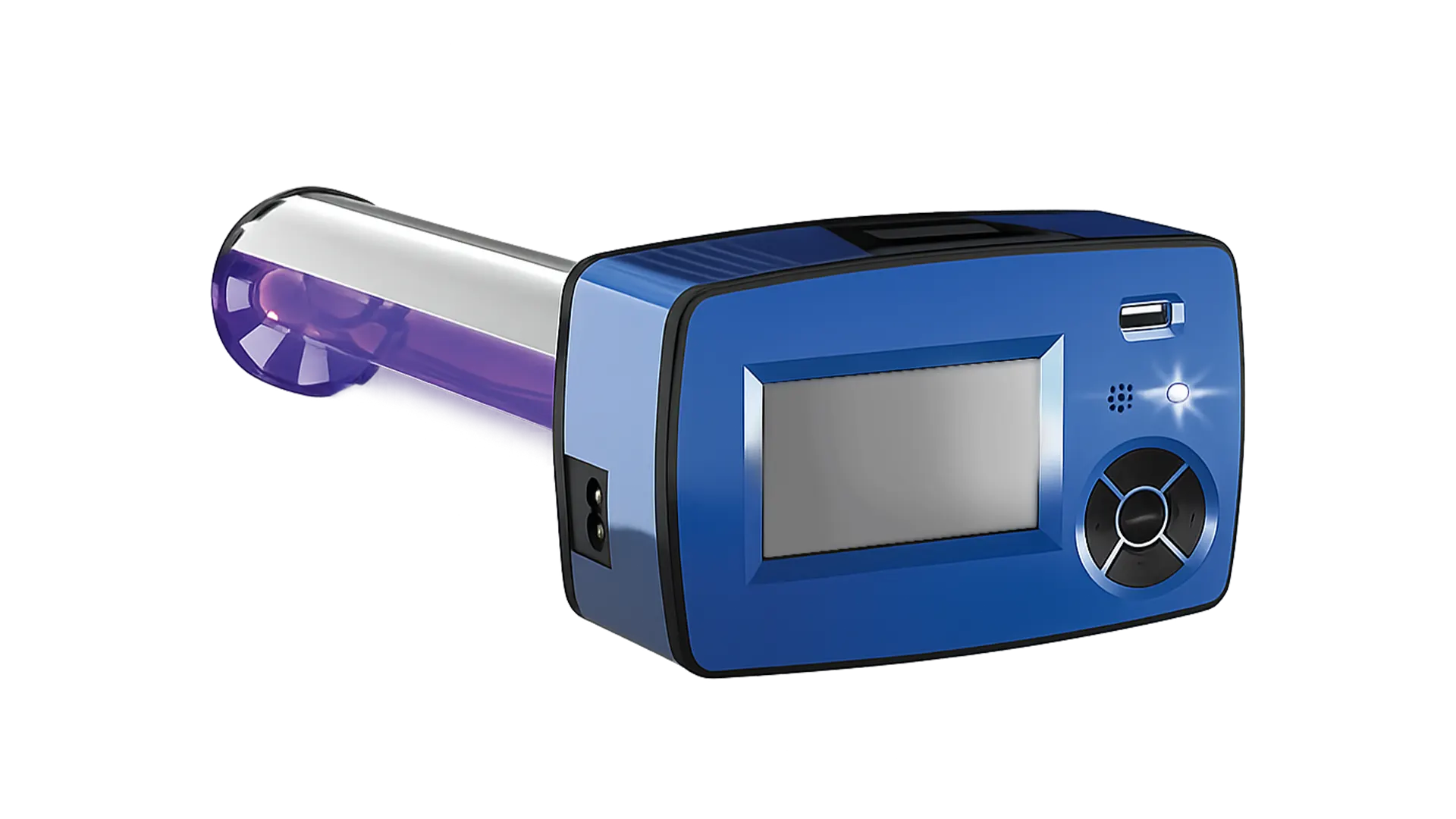Lead Summary Input:
MST
Script:
| Feature | $99 |
$209 |
$289 |
|---|---|---|---|
| Air Filter Check | ❌ Basic Check | ✔️ Basic Check | ✔️ Comprehensive Check |
| Thermostat and Control Check | ✔️ Yes | ✔️ Yes | ✔️ Yes |
| Lubrication of Moving Parts | ❌ Limited | ✔️ Yes | ✔️ Yes |
| Heat Exchanger Inspection | ❌ No | ✔️ Basic Inspection | ✔️ Detailed Inspection |
| Main Burner Assembly Check | ❌ No | ✔️ Basic Check | ✔️ Thorough Check |
| Air Blower Assessment | ❌ No | ✔️ Basic Check | ✔️ Thorough Assessment |
| Recommendations & Reporting | ❌ No | ✔️ Basic Findings | ✔️ Detailed Findings |
| Cleaning Services | ❌ No | ✔️ Basic Cleaning | ✔️ Comprehensive Cleaning |
| Motor Amperage Assessment | ❌ No | ❌ No | ✔️ Yes |
| Chimney and Exhaust Inspection | ❌ No | ❌ No | ✔️ Yes |
| Venting Spillage Test | ❌ No | ❌ No | ✔️ Yes |
| Temperature Rise Assessment | ❌ No | ❌ No | ✔️ Yes |
| Combustion Air Quality Assessment | ❌ No | ❌ No | ✔️ Yes |
| System Compliance Check | ❌ No | ❌ No | ✔️ Yes |
| Humidifier Damper Adjustment | ❌ No | ❌ No | ✔️ Yes |
| Combustion Analysis | ❌ No | ❌ No | ✔️ Yes |
| Fan Control Adjustment | ❌ No | ❌ No | ✔️ Yes |

Specifications
| Feature | Specification |
|---|---|
| Product Name | Sear UV Germinator Bulb |
| Type | Germicidal UV Bulb |
| Wavelength | 254 nm (nanometers) |
| Power Consumption | Usually 15W – 40W (depends on specific model) |
| Initial Lumen Output | Varies; typically designed for high UV output |
| Operating Voltage | 110V - 240V (based on model specifications) |
| Lifespan | 9000 – 12,000 hours (approximate) |
| Application | Germicidal sterilization, air & water purification |
| UV Type | Low-pressure Mercury Vapor UV Lamp |
| Certifications | UV-C safety standards compliant (e.g., UL, CE) |
| Usage Environment | Indoor, HVAC, water treatment systems |
| Dimensions | Varies by model (e.g., length, diameter) |
| Weight | Varies by model |
| Operating Temperature Range | -20°C to +50°C |
| Warranty | Typically 1 year or as specified by manufacturer |
What is Aeroseal?
Aeroseal is a professional duct-sealing technology designed to fix leaks inside the ductwork of heating, ventilation, and air conditioning (HVAC) systems. By sealing gaps from within the ducts, it improves system efficiency, comfort, and indoor air quality without extensive demolition or invasive work.
What Do We Do At A Consult
During our Aeroseal home assessment, we use an airflow balancing tool and pressure testing system to measure how much air is moving through each supply and return vent (register).
From these readings, we calculate CFM — which stands for Cubic Feet per Minute. That tells us how much air is flowing through each duct. By comparing those measurements across different rooms and registers, we can identify imbalances or losses in airflow, which helps estimate where and how much leakage is occurring in the duct system.
If the customer decides to move forward, the Aeroseal process itself uses a pressurized sealing machine with real-time software diagnostics, showing a before-and-after leakage graph so homeowners can see exactly how much air loss was reduced.
In short:
The assessment tool measures airflow (CFM) and pressure
The software helps pinpoint leaks and verify the results after sealing
The on-site visit includes taking readings from multiple registers, inspecting the furnace and ductwork, and explaining results with visuals
Why duct sealing matters
- Energy efficiency: Leaky ducts waste conditioned air. Sealing reduces losses, helping furnaces and air conditioners work more effectively.
- Comfort and balance: Sealing leaks improves airflow distribution, leading to more uniform temperatures across rooms.
- Indoor air quality: Reducing leaks minimizes the entry of dust, pollutants, and outdoor contaminants into living spaces.
- System longevity: A properly sealed duct system reduces strain on HVAC equipment.
How Aeroseal works (overview)
- A technician evaluates the duct system and maps where leaks are likely.
- The ducts are pressurized while a sealant is aerosolized and carried to leaks.
- Sealant particles accumulate at leaks and form a barrier from the inside.
- The system is re-tested to verify reduced leakage and improved performance.
Benefits you can expect
- Measurable reduction in duct leakage (often quantified as a percentage improvement)
- More consistent indoor temperatures and humidity control
- Lower energy bills due to reduced conditioned-air loss
- Quieter operation with fewer air leaks and pressure imbalances
- Minimal disruption to occupants and interior spaces
Anonymous Suggestions Box
